As we begin a new year, we reflect on the environment and what we can do to limit our impact as travelers. Here are five ways we’re doing that this year…
The planet is changing, with temperatures on the rise. As a travel business—and travelers ourselves—we are a part of this reality. We have a responsibility to mitigate our environmental impact, both in the way we operate and the way we help you explore our beautiful, fragile planet.
Travel is an immense privilege, and it should always be done with respect for the environment and local communities. When done properly, with care, thought, and compassion, it can be a force for good—but all travel needs to take this approach.
There’s no quick fix for the planet, but there’s no planet B either, and we have to act now if we’re to have any meaningful impact. By taking steps to travel more responsibly with Extraordinary Journeys, we can do more for our planet in 2024.
Travel with a certified carbon offsetter
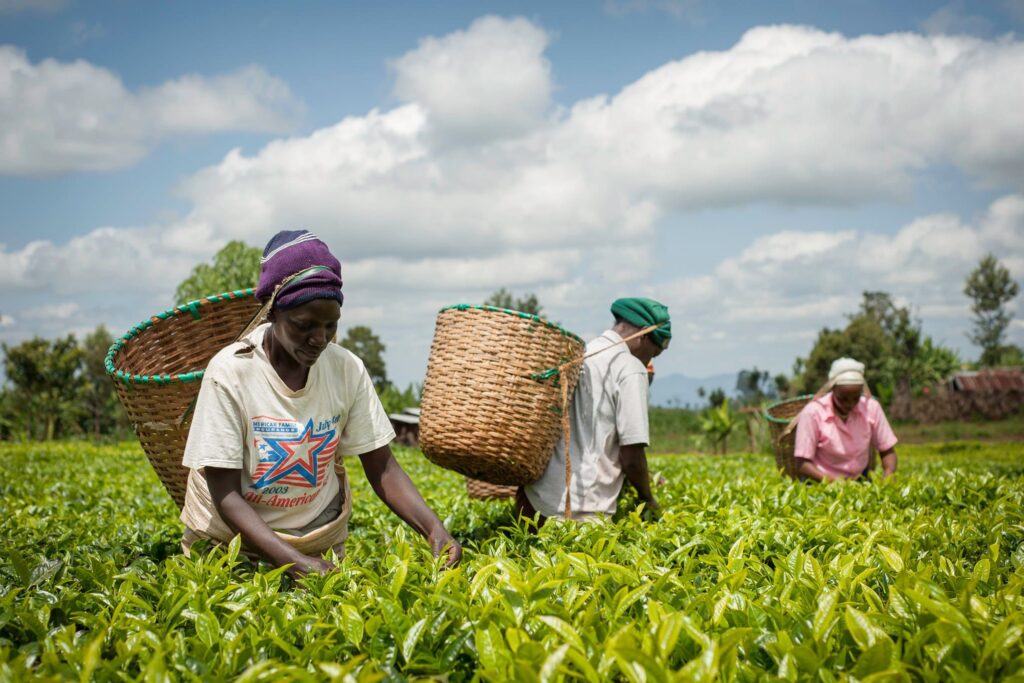
There’s no getting away from it—the flights travelers take for our trips impact the environment. And it’s not just flights. Every lodge, hotel, transfer, and safari vehicle has a carbon footprint.
We accept this, and it’s one of the areas of our business that we’re most passionate about. We already go to great lengths to ensure that the businesses we use on the ground operate sustainably, but we know there’s more to be done.
That’s why we offset every trip and every ounce of carbon through the Voyageurs du Monde Foundation by financing important reforestation projects worldwide, including mangrove regeneration in Senegal and forest management in Peru, Rwanda, and Indonesia.
By planting trees (2.7 million a year) on such a large scale, we can offset 100 per cent of our carbon emissions while directly supporting the social and economic development of the destinations in which these projects take place. These projects are a part of our participation in the new €100m Livelihoods Carbon Fund (LCF). For more information, you can visit the LCF website.
Be smart about your flights
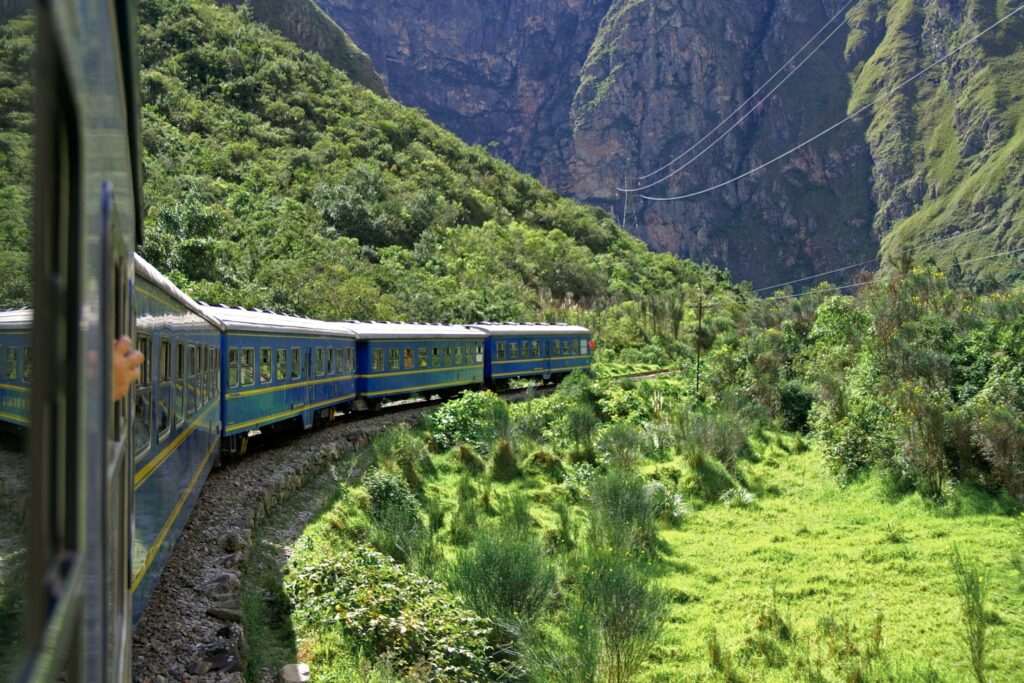
Even though we offset our carbon, the best way to protect the environment is to fly less and fly smart. The fly less part is easy; it means looking for alternative travel routes within your destination. That could be as simple as opting for a luxury train journey in Peru or an overland transfer between game reserves in South Africa instead of a short flight, or spending time in one destination rather than flying to multiple countries.
Not only is this a great way to reduce emissions, but it’s a much more exciting way to travel. Overland, you experience more of a destination; moving through a landscape, as it changes around you, creates a deep connection—a flight just can’t give you that. Of course, time doesn’t always permit these longer journeys, but any time you can swap a flight out for another mode of transport is a big positive.
To fly smarter, always opt for a direct flight versus a connection, where possible. Aircraft use a considerable amount of fuel during take-off and landing, so non-stop journeys generate fewer emissions. Choosing the right airline can also be a factor, as some are greener than others. Many carriers, for example, Virgin, Delta, and KLM have robust plans to become net zero airlines by 2050.
Explore less popular destinations or travel out-of-season
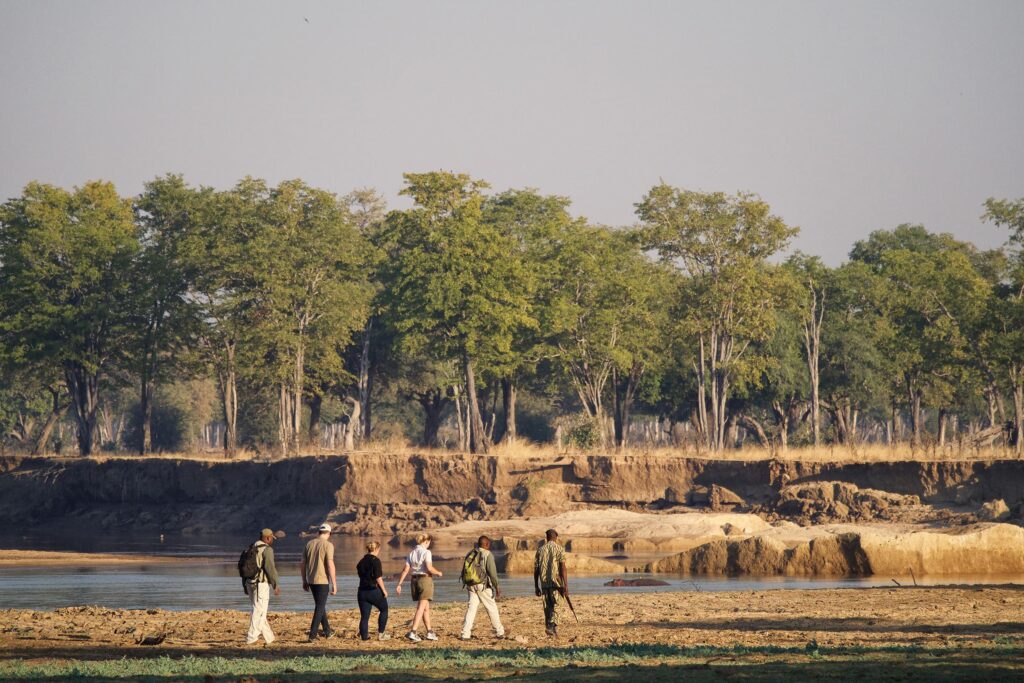
Whether it’s the Maasai Mara in peak season, summer on the Serengeti, or Machu Picchu on a flying visit, over-tourism has become one of the biggest issues in travel. But with careful planning and a little flexibility, it can be avoided.
The first option is choosing a different place entirely. Instead of a safari in Kenya or South Africa, consider Zambia or Botswana, where the footfall is much less, and many wildlife experiences are similar. In Chile, instead of a
hiking trip to Torres del Paine National Park, head to Aysén, a remote chunk of mountains and glaciers with just as many epic walking routes.
The other option is choosing the right time to travel. The Maasai Mara in Kenya and Tanzania’s Ngorongoro Crater are spectacular destinations worth visiting—just not in peak season (July to August) when traveler numbers reach saturation point. Instead, travel in the shoulder (or, as we like to say, secret) season with fewer people and better prices. Here are a few examples:
- Kenya: May, early June, and November
- Tanzania: November to March for the Northern Circuit
- South Africa, Try Greater Kruger in May
- Patagonia: October to mid-December and March to April for the official shoulder seasons, but for a true secret season, visit in May to September (winter) when you’ll have the trails to yourself
- Machu Picchu: April and September to mid-December
Didn’t see a destination you’re planning to visit? Our destination specialists are always happy to help.
Stay in one place for longer
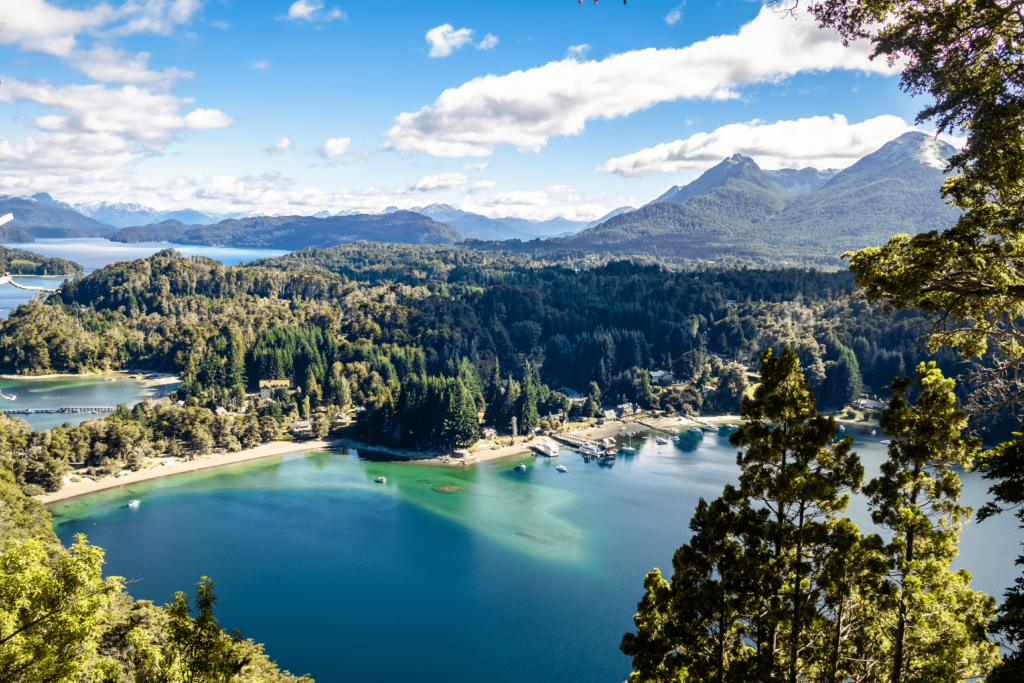
Travel is about making meaningful connections with a destination, which can be difficult if you constantly move from one place to another every few days.
Overstuffed itineraries often mean more time in transit, which is the least fun part of a trip. At the same time, more travel—especially by plane—naturally has a greater impact on the environment. We recommend staying in one place longer or traveling around a smaller area within a country to get the most out of a destination.
The Lewa Wildlife Conservancy in Kenya, for example, can easily be a five-day stop on an itinerary. Beyond game drives—which put you face-to-face with black and white rhino, as well as lion, elephant, cheetah, buffalo, and more–you can take bush walks, go horseback riding, swim in the glacial pools of Ngare Ndare Forest, take cultural excursions with local people, and soar over the savannah in a helicopter.
In South America, pick a region—instead of an entire country—to explore and really get to know. You could easily spend a week in the Argentine Lake District, with stops in San Martin de los Andes, Villa la Angostura, and Bariloche or hiking the highlands of Ecuador through Cotopaxi National Park, Riobamba, and Cuenca.
Travel more thoughtfully
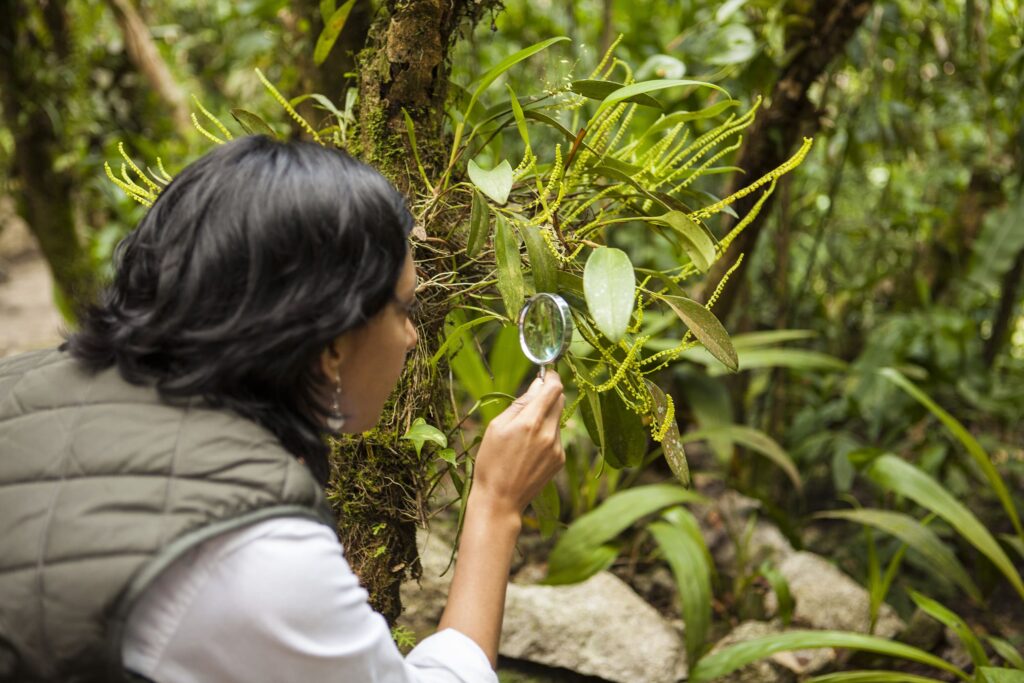
This might seem strange coming from a travel business, but it is in everyone’s interests to reduce the amount we travel.
We don’t mean to stop traveling altogether. Done right, travel is a force for good, benefiting local communities, economies, and environments. We’re talking about one extraordinary journey instead of many little yearly trips.
Our trips are special. And like all special things, they’re best done with the time taken to plan every little detail. This way, you can hand-pick the most sustainable accommodation, plan a route that doesn’t rely entirely on air travel, and factor in experiences that make a difference.
Start planning your next Extraordinary Journey with these suggested itineraries:
Plan your Trip
Ready to start planning your own incredible adventure? We make the process stress-free and enjoyable.
